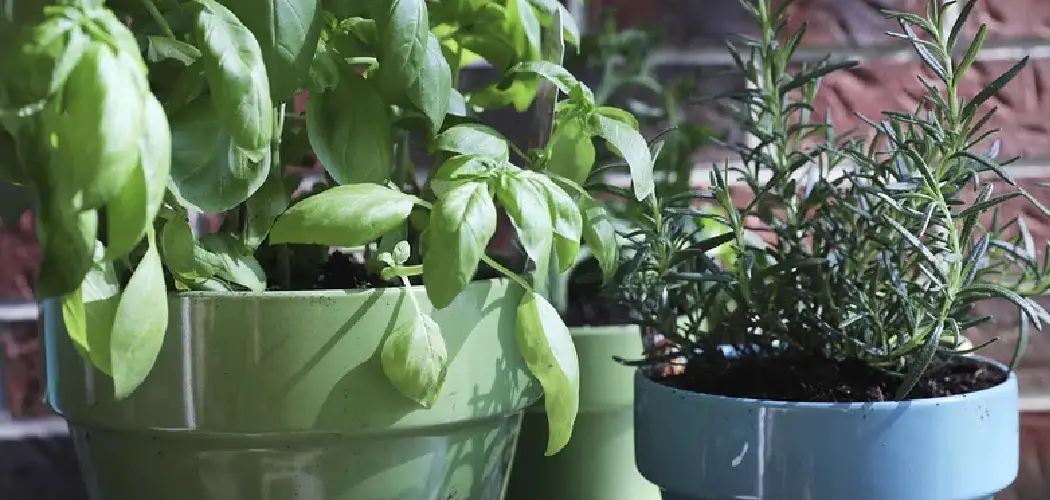Preserving the well-being of your plants during colder months is a thoughtful concern, especially when utilizing the garage as a temporary refuge from harsh weather conditions.
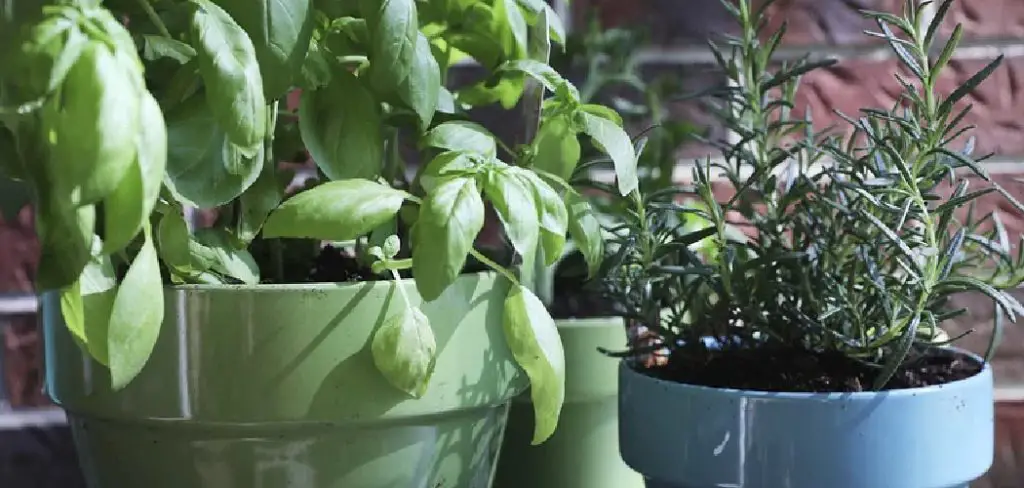
Knowing how to keep plants warm in the garage involves a strategic combination of insulation, supplemental heating, and maintaining optimal environmental conditions. In this article, we will explore how to keep plants warm in garage, including selecting appropriate plant varieties, utilizing insulation materials, and employing heating solutions such as space heaters or heat lamps.
Whether you’re overwintering delicate plants, starting seedlings, or offering protection during frosty nights, creating a conducive environment within the garage ensures the longevity and vibrancy of your green companions. By mastering the art of maintaining warmth for your plants in this unconventional setting, you can cultivate a thriving garden, even in the coldest of seasons.
Importance of Protecting Plants During Winter Plants in the Garage
In many regions, winter brings harsh and extreme weather conditions that can be detrimental to the survival of outdoor plants. Freezing temperatures, frost, snow, and strong winds can all cause damage to plants, especially those that are not adapted to cold climates. This is why it is crucial to take measures to protect your plants during the winter months.
Protecting your plants during winter not only ensures their survival but also helps them thrive once spring arrives. This is especially important for gardeners who enjoy growing plants year-round, as well as for those who have valuable or special plants that they don’t want to lose. One way to keep your plants safe and healthy during the colder months is by storing them in a garage.
Garages can provide a suitable shelter for plants during the winter, as they offer protection from harsh weather conditions and can act as an insulator against freezing temperatures. However, it is essential to note that not all garages are created equal when it comes to storing plants. Some factors to consider include temperature fluctuations, humidity levels, and access to sunlight.
10 Methods How to Keep Plants Warm in Garage
1. Invest in a Heater
The most effective way to keep your plants warm during cold winter months is to invest in a heater. The heater should be placed in the garage and set at a temperature that is comfortable for your plants.

Additionally, the heater should have an adjustable thermostat so you can adjust it as needed depending on the temperature outside. This will ensure that your plants are kept warm and healthy throughout the winter months.
2. Insulate the Garage
Insulating the garage is another great way to keep your plants warm during cold weather. You can insulate the walls of the garage with foam boards or fiberglass insulation, which will help to trap heat inside and keep it from escaping. Additionally, you can use weather stripping around any windows or doors to help prevent drafts from entering the garage.
3. Place Plants Near Heat Sources
Placing your plants near heat sources such as radiators or vents can also help to keep them warm during cold weather months. Make sure that there is enough space between the plant and heat source so that they don’t get too hot or dry out quickly.
Additionally, be sure to move any potted plants away from direct sunlight if possible, as this can cause them to overheat quickly.
4. Use a Heating Mat
Using a heating mat is another great way to keep your plants warm during cold weather months.
A heating mat works by providing gentle heat directly underneath your plant’s pot, which helps to maintain an even temperature around its roots and prevent them from freezing in colder temperatures. Be sure to place the heating mat on top of a tray or plate so that any excess moisture doesn’t damage it over time.
5. Install Grow Lights
Installing grow lights in your garage is another effective way of keeping your plants warm during cold weather months. Grow lights provide artificial light for photosynthesis and will also help generate some additional warmth for your plants when it gets too chilly outside.
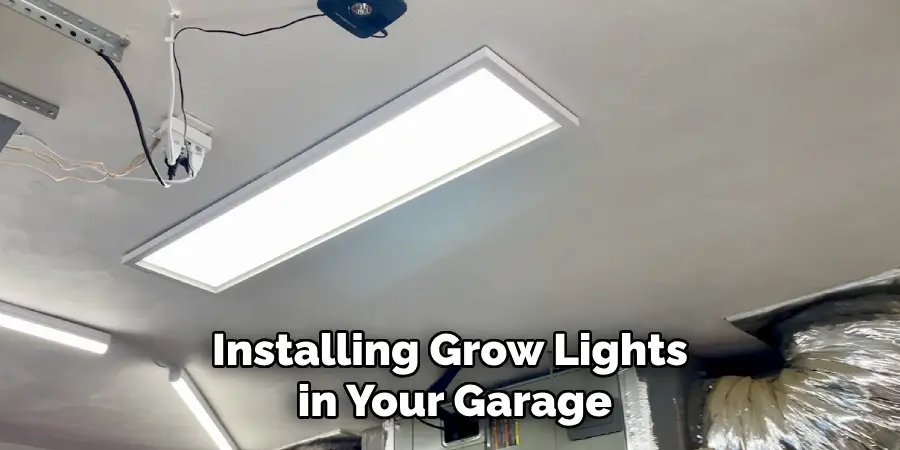
Make sure you purchase lights specifically designed for indoor use so they don’t produce too much heat and damage your plants’ leaves over time.
6 . Create Windbreaks
Creating windbreaks around your garage can also help keep your plants warm during cold weather months by blocking strong winds from entering the area and chilling them further down below their preferred temperature range.
You can create windbreaks using fencing materials such as wood panels or metal sheets, which will act as barriers against strong winds while still allowing air circulation into the area. Additionally, make sure there are no gaps between these materials where wind could sneak through.
7 . Use Shade Cloths
Using shade cloths is another great way of keeping your plants warm during cold weather months. Shade cloths provide protection against strong winds while still allowing air circulation into the area.
They also provide some protection against direct sunlight, which could otherwise cause overheating of certain types of plants. Make sure you purchase shade cloths specifically designed for outdoor use, as these are more durable than those designed for indoor use.
8. Move Plants Indoors
If possible, try moving some of your more sensitive plants indoors when temperatures start dropping outside. This will help protect them from extreme temperatures while still allowing them access to natural light, which they need in order to thrive.
Make sure you choose a spot with plenty of natural light but not too much direct sunlight, such as near a window or patio door. Additionally, be sure to check on these indoor-dwelling plants regularly throughout winter months, as their needs may change depending on how much natural light they receive each day.
9. Cover Your Plants
Covering up vulnerable parts of certain types of houseplants with blankets or other fabrics can also help keep them warmer during colder periods.
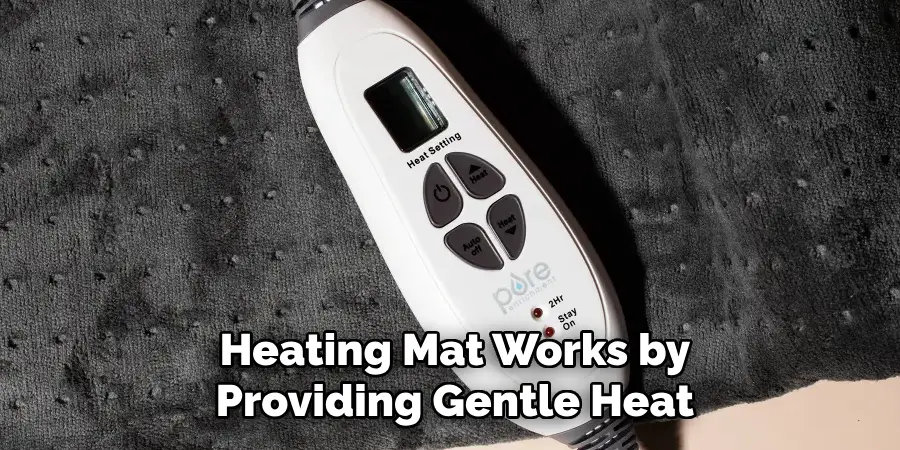
This is especially important if you live in an area where temperatures drop significantly overnight, as this could cause frost damage if left unprotected. Be sure not to cover up all parts of the plant at once though; instead, focus on covering just certain areas such as stems or foliage which may be particularly vulnerable when exposed directly to colder air temperatures overnight.
10. Use Mulch
Finally, adding mulch around vulnerable houseplants can also help protect them against extreme temperatures by creating an extra layer of insulation around their roots and stems when needed most – like overnight when temperatures drop significantly lower than normal levels throughout wintertime periods
Mulch helps trap warmth near roots while preventing water evaporation at the same time – both essential elements for helping ensure optimal health conditions remain intact throughout colder winter seasons!
Things to Consider When Keeping Plants in Garage
Plants are living organisms that require certain conditions to thrive. When it comes to keeping plants in a garage, there are a few things to consider to ensure their survival and growth.
Temperature Control
Garages tend to be colder than the rest of the house, especially during winter months. This can be detrimental to most plant species as they require a certain level of warmth to survive. It is important to monitor the temperature in your garage and make necessary adjustments to keep it within the ideal range for your plants.
This can be achieved by using space heaters, heat lamps or even insulation.
Lighting
Plants need light to carry out photosynthesis, which is essential for their growth and development. Garages usually do not have windows or receive natural light, making it necessary to provide artificial lighting for your plants. This can be done by using grow lights or fluorescent bulbs.
Humidity
Most plants require a certain level of humidity to thrive and stay healthy. Garages tend to have lower humidity levels compared to the rest of the house due to lack of circulation and ventilation, which can be harmful to plants. To increase humidity, you can place a tray of water near your plants or use a humidifier.
Air Circulation
Proper air circulation is important for plants as it helps prevent diseases and pests from spreading. Garages usually have poor air circulation, which can be improved by using fans or opening windows when possible. This will also help regulate temperature and humidity levels.
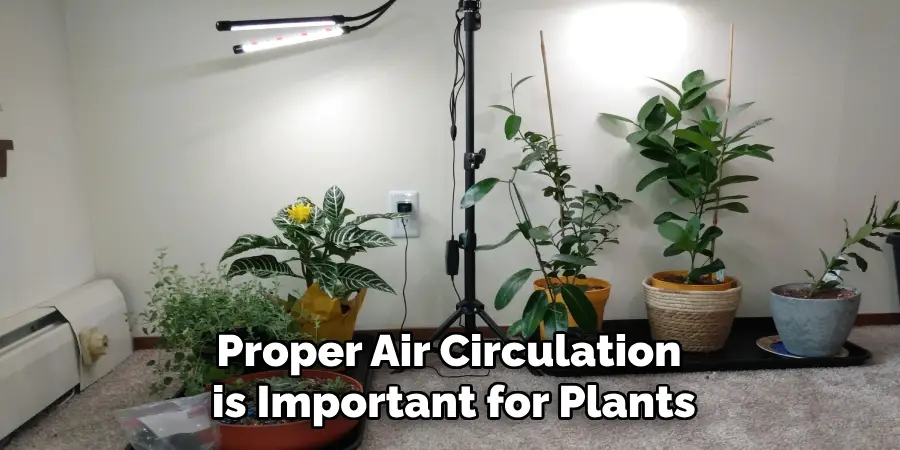
Storage
Plants need space to grow and spread their roots. Make sure there is enough room for your plants in the garage and that they are not crowded with other items or furniture. Consider using shelves or hanging plants from the ceiling to save space.
Conclusion
Taking care of your plants should be a priority even when storing them in the garage. Use several layers of insulation to keep them cozy, water them regularly, and place a thermometer in the room.
The combination of all of these tips will ultimately create a perfect environment for your plants to happily reside in until warmer weather returns. With this knowledge, you’ll know exactly how to keep plants warm in garage during colder months so that they don’t suffer.
Start off this winter season on the right foot by preparing your plants’ home before temperatures start to dip and get outside whenever you can with your beloved greens! Never give up on keeping an inviting space for all living things while also providing protection in less than hospitable conditions.

